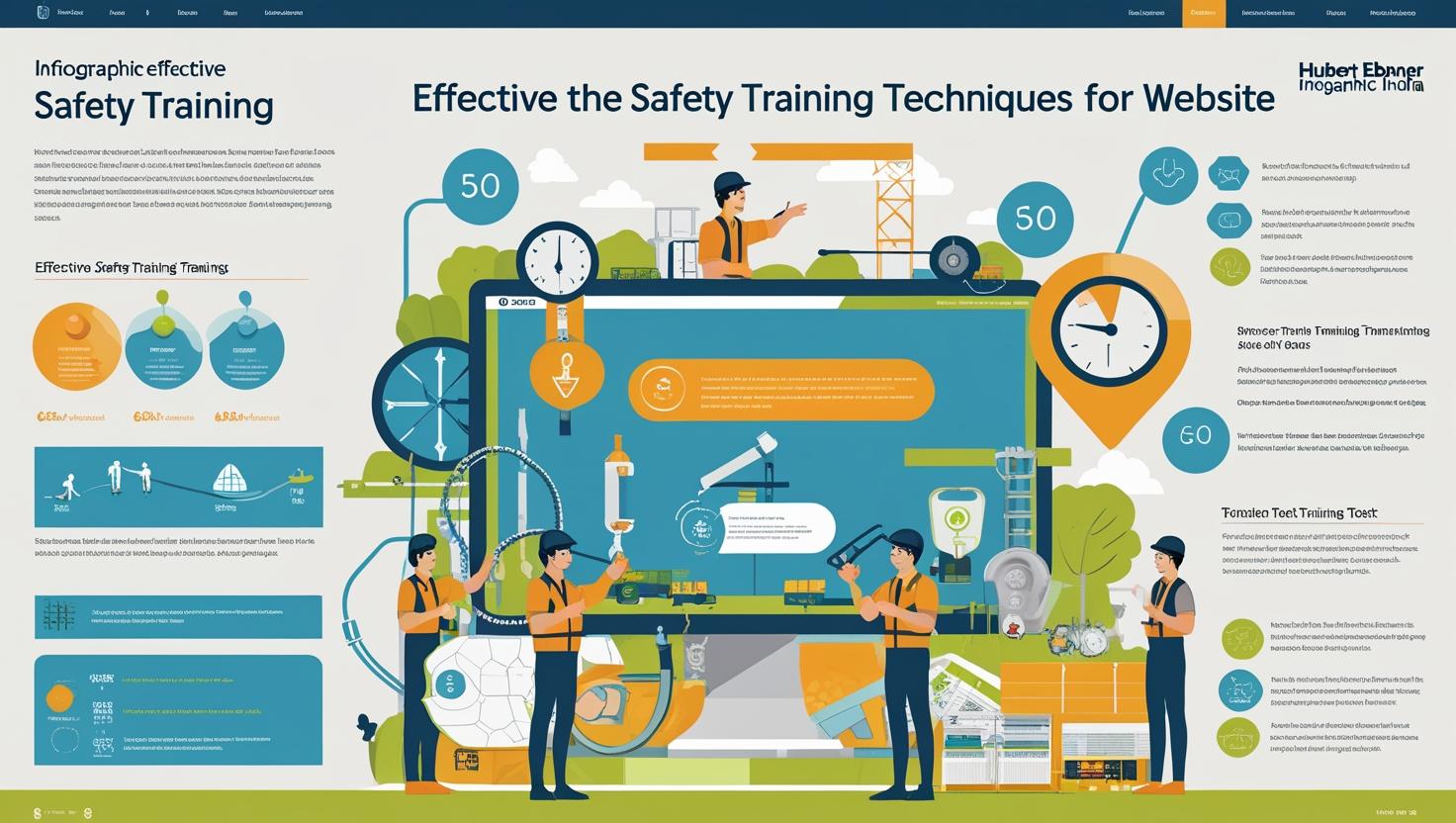🦺 What Makes Safety Training Stick?
Training employees and drivers in safety protocols is important—but the real challenge lies in ensuring that the safety training stick. Too often, participants attend a session, perform well during the program, but soon forget key lessons once they return to their daily routine. At Hubert Ebner India, we focus on designing driver and workplace safety training that creates lasting behavioral change rather than temporary awareness.
🌟 The Core of Lasting Safety Training
1. Practical, Hands-On Learning
Training that involves real-life simulations and practice has a far greater impact than classroom-only learning. For drivers, practical demonstrations of safe braking, defensive driving, or fatigue management reinforce lessons better than theory alone.
2. Repetition & Reinforcement
Behavioral science proves that repetition is essential for retention. Safety training that includes follow-up refreshers, quizzes, or microlearning modules helps participants recall and apply knowledge over time.
3. Emotional Connection
When training highlights real accident stories or simulations, it builds an emotional impact that participants don’t easily forget. Safety becomes personal, not just a rule to follow.
4. Engagement Over Lectures
Interactive sessions, group discussions, and gamified elements keep learners attentive. Passive listening often fades, but active engagement creates memory anchors.
5. Clear Relevance to Daily Work
Employees and drivers are more likely to remember safety lessons if they see how the training applies directly to their day-to-day tasks. At Hubert Ebner India, we customize modules to match the specific risks and challenges participants face.
🚦 Key Techniques That Ensure Training Stays
- Scenario-based learning (accident case studies)
- Microlearning for quick refreshers
- On-road evaluations for drivers
- Regular assessments & feedback loops
- Positive reinforcement from supervisors
These methods help move training from short-term memory into long-term habits.
🏢 Why Organizations Benefit from Sticky Training
For businesses, safety training that sticks means:
- Fewer accidents and injuries
- Improved compliance with regulations
- Lower operational and insurance costs
- More confident, efficient employees and drivers
It’s not just about knowledge—it’s about building a safety-first culture that lasts.
✅ Conclusion
What makes safety training stick is a combination of engagement, practice, reinforcement, and real-world application. By designing training programs that go beyond one-time awareness, Hubert Ebner India ensures that participants develop habits and mindsets that prioritize safety every day.
With the right approach, safety isn’t just learned—it becomes a way of life.




